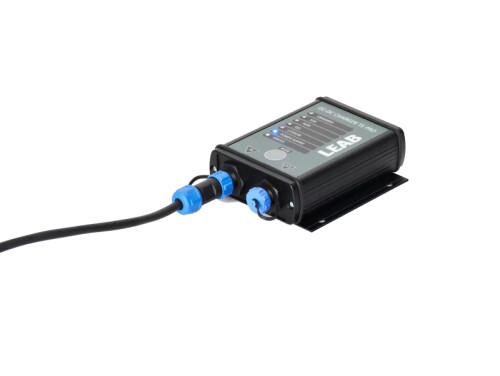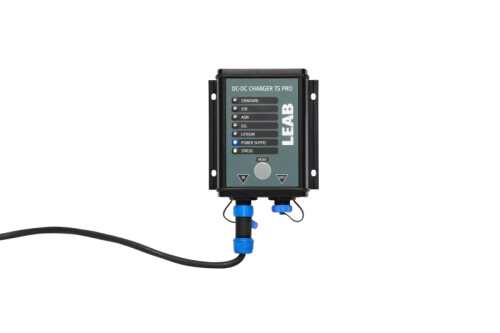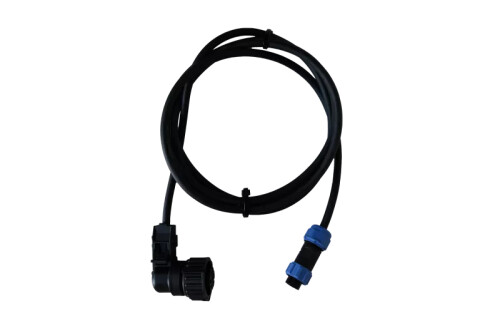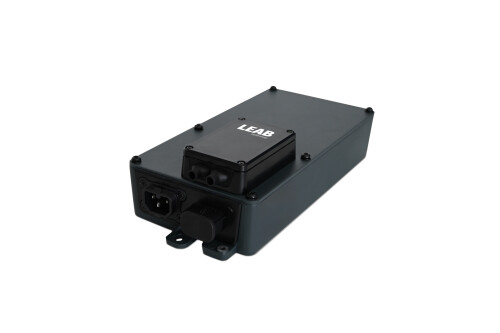FireCAN: Standardised communication in emergency vehicles - and how LEAB supports it
ICommunication between electrical components is crucial in modern emergency vehicles used by the fire brigade, disaster control and rescue services. This is where FireCAN enters the field - a communication standard for emergency vehicles that enables a reliable, manufacturer-independent connection.
LEAB supports this development with products such as the RC9 charger or the TS Pro, which are FireCAN-compatible and fulfil the highest requirements in mobile usage.
Complex cabling, lack of standards
Emergency vehicles often consist of individually configured components from different manufacturers. Without a uniform standard, complex cabling and communication problems arise. For the emergency services, this means higher failure risks, more difficult maintenance and potentially critical errors during operations.
Why this is more than just annoying
If the power supply to a pump fails in an emergency or radios are unable to transmit, this can have serious consequences. The increasing electrification and digitalisation of emergency vehicles makes it clear that a lack of standardisation is not just a convenience problem. It can become a safety gap in an emergency.
The origins of FireCAN
FireCAN was first introduced in 2010 and has been included in the DIN series of standards as DIN 14700 since 2014. Continuously developed by the ‘FireCAN’ working group within the DIN Fire Service Standards Committee (FNFW), FireCAN aims to enable safe, reliable and standardised communication between all devices in emergency services vehicles - regardless of the manufacturer. It is based on the tried-and-tested CAN bus system, but is specially tailored to the world of emergency services.
What changes with FireCAN
FireCAN enables components such as chargers, power distributors, lighting columns and generators to communicate using a common language. All elements are harmonised with each other and this brings many advantages:
Centralised control: Devices can be operated and monitored in a standardised way.
Future-proof: Long-term compatibility is ensured thanks to standardisation.
Manufacturer independence: Freely selectable components without integration problems.
Reduced cabling effort: Fewer cables, fewer sources of error.
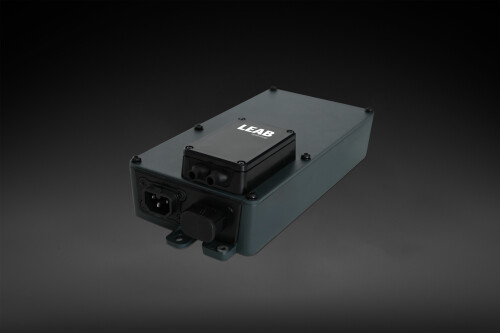
The new RC9 charger offers full FireCAN integration in accordance with DIN 14700:2025-03.
LEAB products with FireCAN interface
LEAB recognised early on how important FireCAN is for the future of emergency vehicles - and equipped its products accordingly:
🔌 RC9 charger
Complies with the new DIN 14679:2024, offers 96 % degree of efficiency and full FireCAN integration in accordance with DIN 14700:2025-03.
🔌 TS Pro charger
Can be used universally in 12 V or 24 V vehicle electrical systems to recharge the starter batteries of generators or portable pumps.
Get started now with LEAB
We don't just advise on suitable products - we think holistically in terms of solutions for mobile power supply in the emergency services sector.
📅 Meet us at the RETTmobil 2025 from 14-16 May.
You may also be interested in these articles:
-
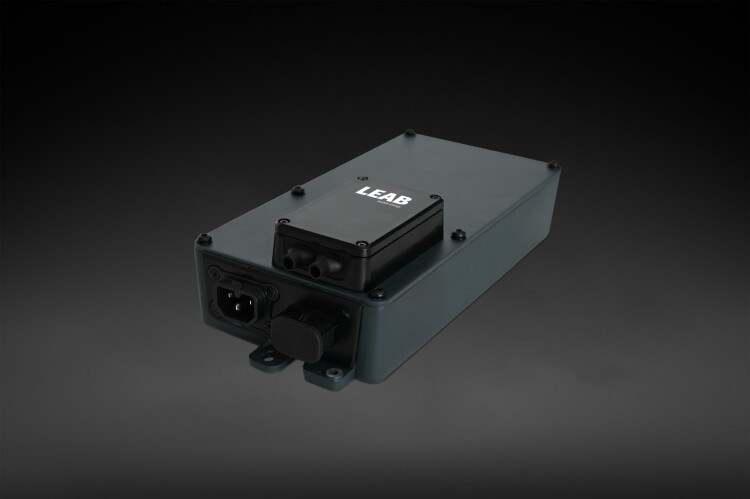
New product RC9 to experience at RETTmobil 2025
With the RC9 charger, LEAB is presenting the first representative of the new RC series. The RC series defines state-of-the-art onboard chargers for 12, 24 and 48 V battery voltages in all demanding applications for the emergency services sector.
-
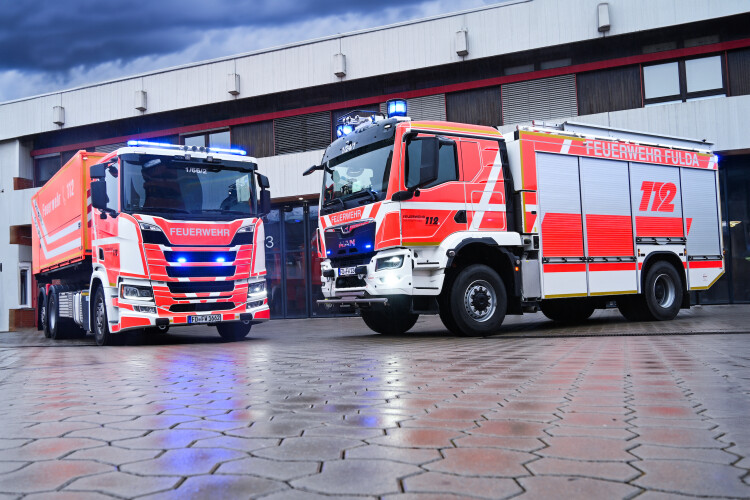
Five favourites for emergency vehicles
Whether fire brigade, rescue service or disaster control: technology must function reliably in emergency vehicles. Many devices depend on a stable power supply, to which our five favourites make a significant contribution. We present them in detail here.
-

Vehicle with 230 V supply: more power, optimised charging curves
Modern emergency vehicles require more than just standard charging via the 12 V or 24 V vehicle electrical system. Absolute reliability is particularly important for fire brigades, rescue services or intensively used fleets. A permanently installed 230 V power supply in the vehicle offers a powerful, efficient and safe solution for this.
-
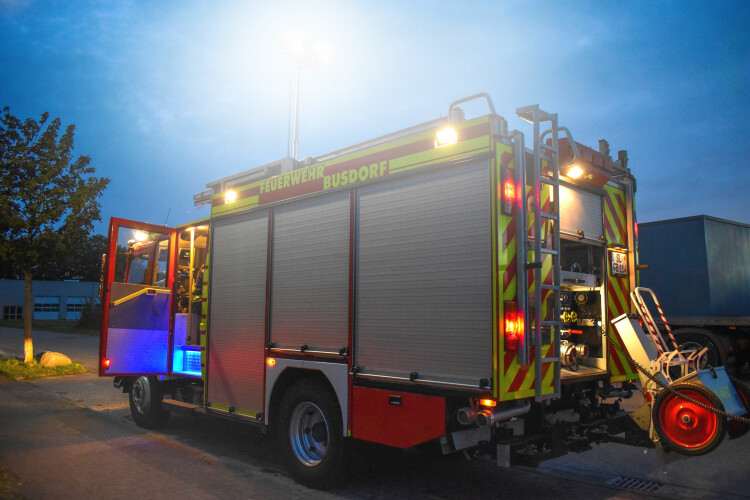
Power supply in emergency vehicles
Modern emergency vehicles are equipped with a variety of electrical systems. The electrical appliances ensure efficient and safe operation, but also challenge the on-board power supply.
